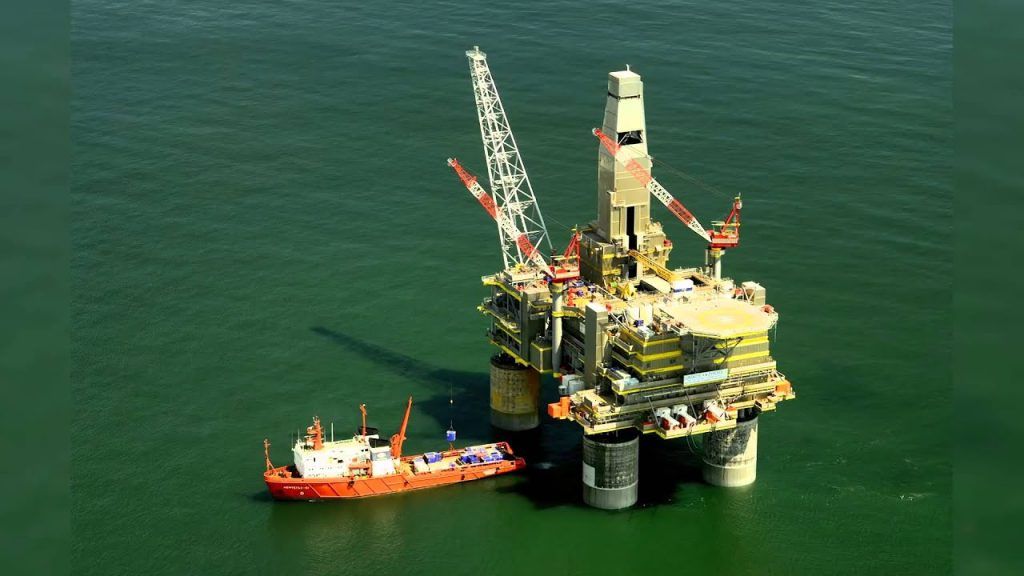Energy prices rose in the second half of 2021 and are currently forecast to be much higher in 2022 than expected, according to World Bank forecasts.
Overall, non-energy commodity prices stabilized in 2021, with many at or near all-time highs.
However, high energy costs have negatively affected the production of non-energy raw materials, including metals and fertilizers.
In particular, natural gas and coal prices rose sharply in 2021, although coal prices moderated towards the end of the year.
Natural gas prices in Europe experienced particularly steep increases, reaching all-time highs in December 2021.
According to the World Bank, demand has been driven by strong global activity as well as adverse weather, which, in some countries, increased energy use for heating and cooling, disrupted coal production, and reduced hydroelectric power.
Reflecting these developments, the cost of electricity in many countries has also risen considerably, especially in Europe.
Energy prices
The World Bank expects natural gas and coal prices to decline from their current levels in 2022 as supply restrictions ease, but will remain above pre-pandemic levels.
Meanwhile, oil prices rose to an average of $ 69/bbl in 2021, a 67% increase from 2020 and $ 7/bbl more than previously expected as oil demand recovered, driven by higher natural gas prices that encouraged the use of oil as a substitute.
Despite a planned increase in production by the member countries of OPEC+, global oil output rebounded more slowly than expected owing to supply outages and production constraints, in addition to a muted response to higher prices by U.S. shale oil production.
Oil prices are expected to average $ 74/bbl in 2022 before falling to $ 65/bbl in 2023 as global production recovers.
Petroleum
The rise in Covid-19 infections caused by the Omicron variant is currently expected to have a modest and temporary impact on oil demand, largely because control measures for the pandemic have become less restrictive.
However, additional economic disruptions from the resurgence of the pandemic, even due to new variants, remain a key downside risk for oil demand.
An upward risk to energy prices is underinvestment in new production capacity, which may be insufficient to keep pace with demand.
To avoid future spikes in energy prices, investment in low-carbon energy sources would have to increase dramatically, or growth in energy demand would have to slow.
![]()

